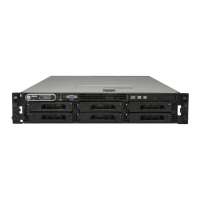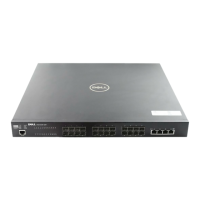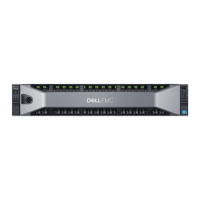Hardware Configuration Features B-1
Appendix B
Hardware Configuration Features
T
his appendix provides specific information about the
jumpers on the system board, the connectors and sockets
on the system board, and the input/output (I/O) ports and
connectors on the back panel of the computer. It also pro-
vides some basic information on jumpers.
J
umpers
Jumpers provide a convenient and reversible way of
reconfiguring the circuitry on a printed circuit board.
When reconfiguring the system, you may need to change
jumper settings on the system board; you may also need
to change jumper settings on expansion cards or on
drives.
To change a jumper setting, pull the plug off its pin(s)
and carefully fit it down onto the pin(s) indicated.
A jumper is referred to as open or unjumpered when the
plug is pushed down over only one pin or if there is no
plug at all. When the plug is pushed down over two pins,
the jumper is referred to as jumpered. The jumper setting
is often shown in text as two numbers, such as 1-2. The
number 1 is printed on the circuit board so that you can
identify each pin number based on the location of pin 1.
Figure B-1 shows the location and default settings of the
jumper blocks on the system board. See Table B-1 for the
designations, default settings, and functions of the system
board’s jumpers.
A jumper is a small block on the system
board with two or more pins emerging
from it.
A plastic plug containing a wire fits down
over the pins. The wire connects the pins
and creates a circuit.
CAUTION: Make sure your system is turned off
before you change a jumper setting. Otherwise,
damage to your system or unpredictable results
may occur.

